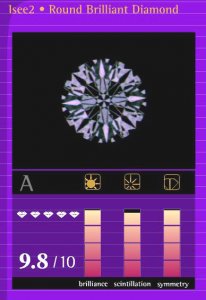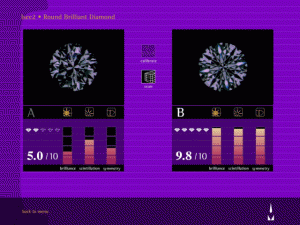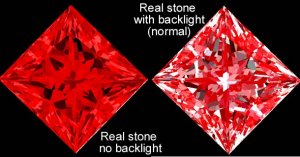- Joined
- Aug 15, 2000
- Messages
- 18,484
We have been asked by many people and some labs to produce an informative, but easy to use reference guide for the ideal-scope.
Before we put this on the website I would like to run it past Rocky Talky people for comments and constructive criticism.
Once it is finalized we will be happy to give anyone and everyone 300dpi print quality download files or whatever.
I have a little space at the bottom for a few comments - maybe how to use the scope or whatever. Please make suggestions.
We have been working on this for a very long time (it has been distilled down from a very complex array).
Please offer your opinions.
Regards
Garry Holloway (Cut nut)
Christian Pike

Before we put this on the website I would like to run it past Rocky Talky people for comments and constructive criticism.
Once it is finalized we will be happy to give anyone and everyone 300dpi print quality download files or whatever.
I have a little space at the bottom for a few comments - maybe how to use the scope or whatever. Please make suggestions.
We have been working on this for a very long time (it has been distilled down from a very complex array).
Please offer your opinions.
Regards
Garry Holloway (Cut nut)
Christian Pike












300x240.png)